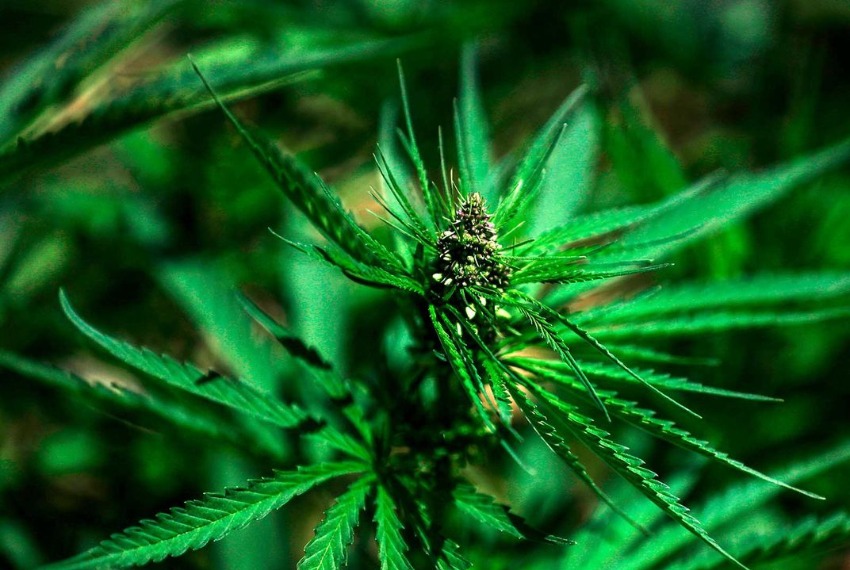
It was long believed that hemp had been first domesticated in Central Asia. Wrong! By analyzing plants of this species from around the world, scientists have just demonstrated that hemp was domesticated 12,000 years ago in China.
The study, published in mid-July, was conducted by an international team of researchers coordinated by Dr. Luca Fumagalli of the University of Lausanne. It explains that, compared to other crops, hemp has been largely understudied due to regulatory restrictions applied to the species by many countries.
This work consisted in the comparative examination of 110 hemp genomes covering the entire historical and modern genetic diversity of the species: wild types, fiber, medicinal and psychotropic types, cultivated varieties and feral plants.
One mother plan originating from East Asia
Their analyses show that all current types of cannabis derive from a single domestication event in East Asia. Indeed, the wild hemp found in China today is the closest descendant of the ancestral gene pool from which the fiber and marijuana types are derived.
They also prove that cannabis has been cultivated for millennia by Chinese peasants as a multifunctional plant for its textile fibers, for its grain and edible oil, and for its medicinal and recreational properties (the latter having been incorporated into various religious rituals from very early times), especially in northern China, while southern China cultivated another indigenous plant fiber, ramie (Boehmaria nivea).
It was not until about 4000 years ago that specialized varieties were selected, either for greater fiber production or increased cannabinoid content; fiber types then became taller and sparsely branched, while types used as marijuana (大麻, dàmá) were oriented toward more stocky, branching harbors with richer flowering stems to increase resin production.
These results are consistent with the first archaeological evidence of hemp discovered to date in China in the Neolithic site of Xiarendong dated to 8000 BC, located in Jiangxi. They explain that the Shénnóng běncǎo jīng (神农本草经), the Classical Medical Matter of the Heavenly Laborer, the oldest Chinese work dealing with plant, animal, and mineral drugs attributed to the legendary emperor Shennong (circa 2800 B.C. C,) cites cannabis, and Confucius (551-479 B.C.) mentions the species as one of the five main crops of China in his time in his Classic of Rites or Liji.
Half of the world’s hemp production comes from China
Today, China is said to produce half of the world’s hemp. Its cultivation is officially authorized in three provinces (Yunnan, Heilongjiang and Jilin) for textile, industrial and paper-making purposes. In total, the sector is worth $1.5 billion, mostly for export (Europe and North America).
For the rest, cannabis is considered by China as a dangerous narcotic since 1985, and its trafficking can be punished by death. A zero tolerance inherited from the opium wars (1839-1842 and 1856-1860) and the ravages caused by this drug in the 19th century.
In order to prevent any lax attitude towards drugs among young Chinese consumers, but also any hijacking of the supply chain, Beijing has also just banned in June any cannabis derivative (including cannabidiol, CBD) in cosmetics, despite the boom of beauty products made of natural ingredients, in China and in the rest of the world. CBD-based oils and creams are therefore living their last hours on e-commerce platforms!
